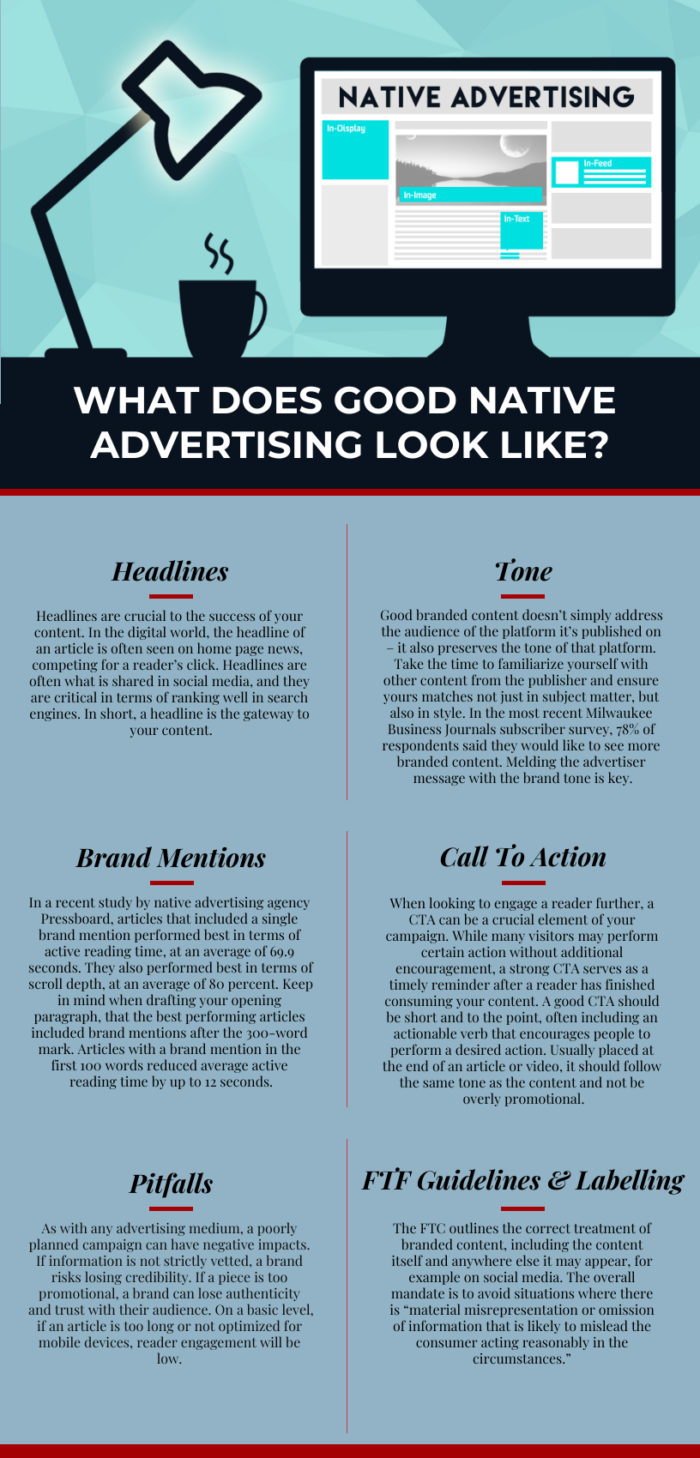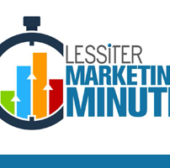
By Dallas Ziebell
Marketing Manager, Lessiter Media
dziebell@lessitermedia.com
262-782-2412
Is it just me, or are native advertising and sponsored content more of those marketing buzzwords that most people have heard at some point, but for which few can provide a clear and concise definition or differentiate between, let alone pick out of a marketing message lineup?
According to Brandpoint.com, "the main difference is that native advertising is more like a traditional ad and sponsored content is more like a media placement. Native ads contain a headline and description to encourage users to click on the link. This leads to an article on a brand’s website or to other sponsored content. Sponsored content is a piece of brand journalism that lives on a publisher’s website. It’s usually written by the publisher’s staff, so the article matches the tone and voice of rest of their content."
Visit just about any media company's website today and you'll find these types of advertising interspersed throughout their content feed. While native advertising and sponsored content can both be effective tools for influencing audiences as they are actively engaged in information gathering around topics related to your market, there are certain rules outlined by the Federal Trade Commission that must be followed to ensure they are done ethically and appropriately. And there are several best practices to follow to generate credible, relevant and authentic native and branded content.
With 2022 planning in full swing and many of our Marketing Minute readers looking for new tactics for the New Year, today we're zeroing in on native advertising and sharing a few simple guidelines to help you answer the question, "what does good native advertising look like?"



